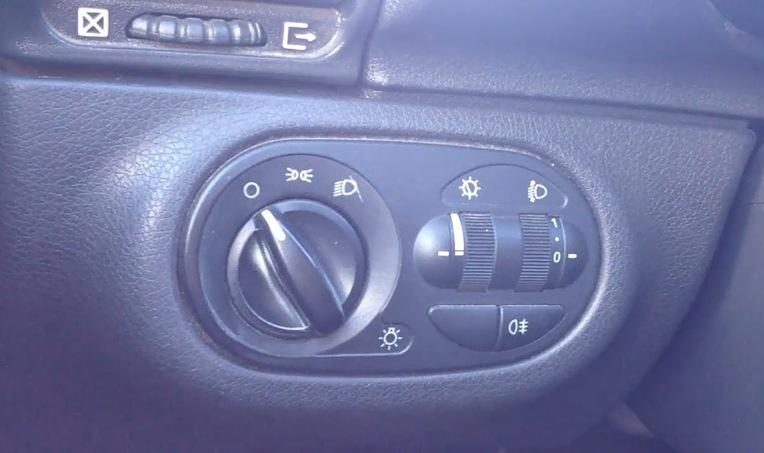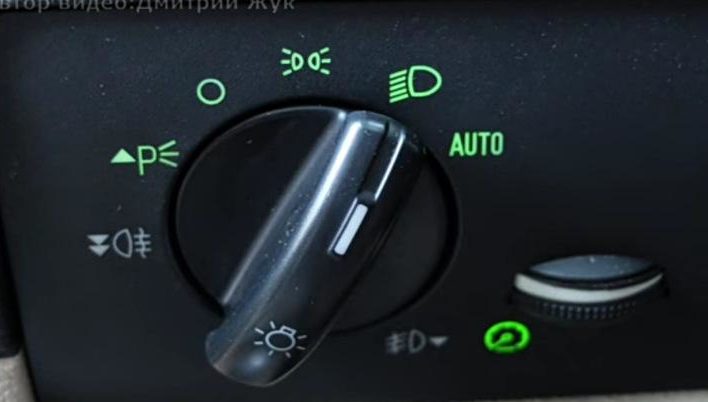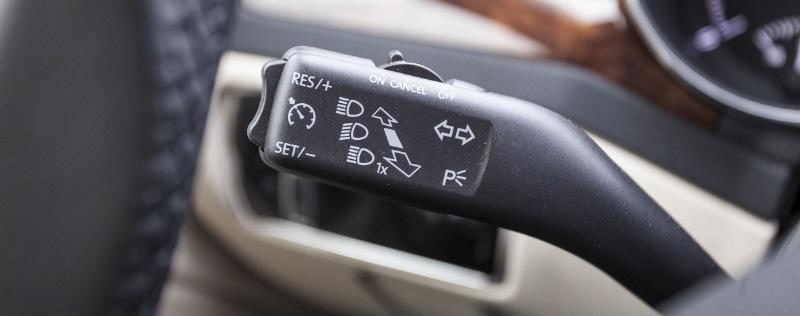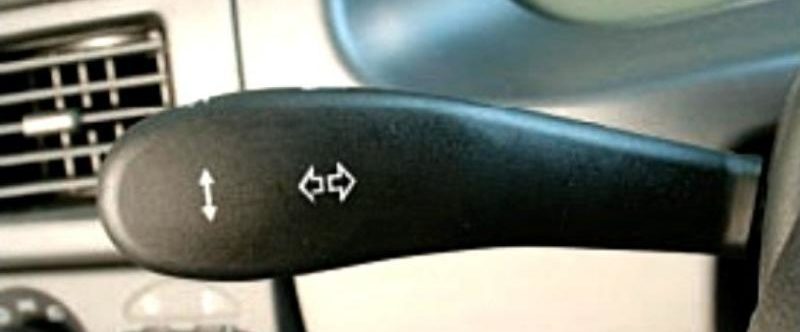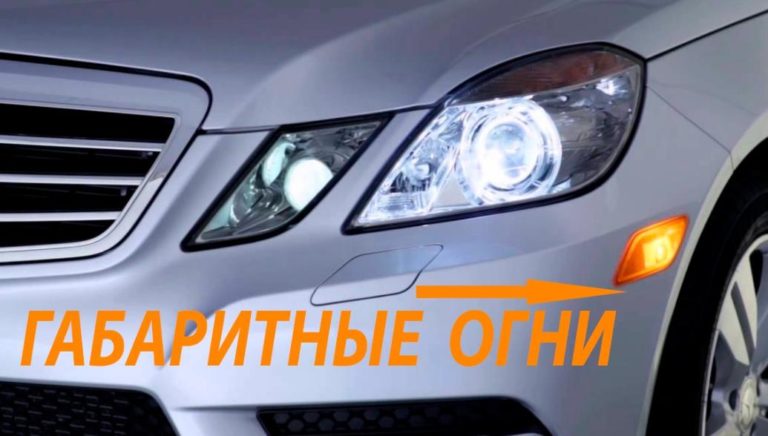Where do the low beam and high beam headlights turn on
As with all traffic regulations, the subject of light use is one of the most complex for two reasons. Firstly, regulatory laws in different countries impose different requirements on drivers. For example, Ukrainian traffic regulations require turning on dipped beam at any time of day only from October 1 to May 1, while in the Russian Federation this requirement must be observed throughout the year. Secondly, vehicle manufacturers have different ways of equipping their vehicles with lights. If now the daytime running lights will not surprise anyone, the cars made before the millenniums, these details for the most part is not. The same applies to the control of lights, implemented on different cars differently. On some sophisticated models, to turn on the headlights can be a big problem. But there are still provisions common to all, and to deal with this topic we will use the example of Russian legislation, relevant at the time of 2021.
Where and how to turn on the headlights.
With regard to the location of the headlight controls, automakers have a tradition to install them in one of three places:
- On the dashboard, to the right of the steering wheel.As a toggle switch or push button.
- On the dashboard to the left of the steering wheel.In the form of a rotary knob.
- On the turn signal stalk switch.Positioned at the very edge of the lever in the form of a rotary knob.
This solution has somewhat complicated the process of controlling the lights, but allowed to save space on the torpedo.
In a separate row can be attributed modern models with touch control panels.

Middle light.
Although the location of controls may vary, it will not be difficult to find the button to turn on and off the dipped beam in most cases. To do this, you need to find the toggle switch or rotary knob, near which there is an icon in the form of a jellyfish with the legs down.

In most cases the first graduation (leftmost) on the rotary knob is in the form of zero or the inscription OFFwhich means that all external optical devices are switched off.
An exception may be models in which the daytime running lights are switched on immediately when the key is placed in the ignition keyhole.
The second position of the knob means that the parking lights are switched on, necessary for indicating the vehicle's dimensions when it is parked and when visibility is poor.

Some modern models have an automatic headlight control mode activated by the fourth position of the switch (AUTO).
In this mode, the dipped beam is switched on in the evening when sensors detect the level of road illumination or simply when you start driving.
The crossed out jellyfish legs icon should not be mistaken for the dipped beam OFF function.

High beam.
It so happens that switching between dipped and high beam optics is not implemented on a single rotary knob. Almost on all models, a separate function is allocated on the understeer lever to start the high beam.
And the toggle switch or rotary knob can be located on the dashboard, but the high beam is always switched on by the turn-switch.
To do this with the low beam on the lever has to be pushed forwards away from you. This locks the switch in the high beam position and the blue jellyfish pictogram with straight legs lights up on the dashboard.
This indicator on all vehicles has the same shape and a bright blue color that distinguishes it from other indicators. This is important because the driver must be informed that his vehicle's headlights may blind other road users.
Recommended: Running and parking lights: what is the difference between them
If you pull the lever to the extreme near position, the high beam will be switched on even if all other optical devices are switched off. However, this position is not fixed and if you release the lever, it will spring back to the middle position and the headlights will go out. This function is used solely as a signal function so that you can flash your headlights to other road users with short presses.
How to use them properly
Having understood the controls of the optics of the high and low beam on the road, it is worth to understand the appropriateness of the use of a particular light. The legislation specifies the factors on which the type of headlights used depends:
- Location - populated area, country highway, tunnel;
- time - daytime or nighttime;
- degree of illumination - illuminated or unlit road;
- presence of the vehicle in motion, stopping or parking;
- distance to other road users driving motor vehicles.
When you can and when you cannot
Regarding the rules for the use of headlights on the vehicle RF traffic regulations can be summarized as follows.
Dimmer light is necessary when driving a car regardless of the time of day not only for personal but also for public safety. Thus improves the visibility of the vehicle for other drivers. It is turned on when:
- The vehicle has started moving (in the absence of daytime running lights).
- When switching from high beam at least 150 m before the nearest vehicle of oncoming or passing traffic or at the signal of the oncoming driver. The signal is the flashing of the high beam, informing or warning the oncoming driver of the possible dazzling of the headlights.
Read also: Light identification on the dashboard
High beam headlights are switched on as required in the following cases:
- At dark times of day outside of populated areas.
- At nighttime within populated areas, but in the absence of centralized road lighting.
Thus, the driver is obliged to always drive with dipped beam headlights and turn off the main beam even if a warning signal is received and the distance to the oncoming car is much more than 150 meters. It is worth considering that passing drivers can also be blinded through the rear-view mirrors, but their signal is not visible to drivers driving behind. Therefore, it is necessary to switch between modes independently in all cases which, in the opinion of the driver, can lead to blinding of other road users.
If you yourself were blinded by a bright light of oncoming traffic, the first thing to do is to turn on the emergency signal, to reduce the speed up to a stop, if possible, having pressed against the curb.
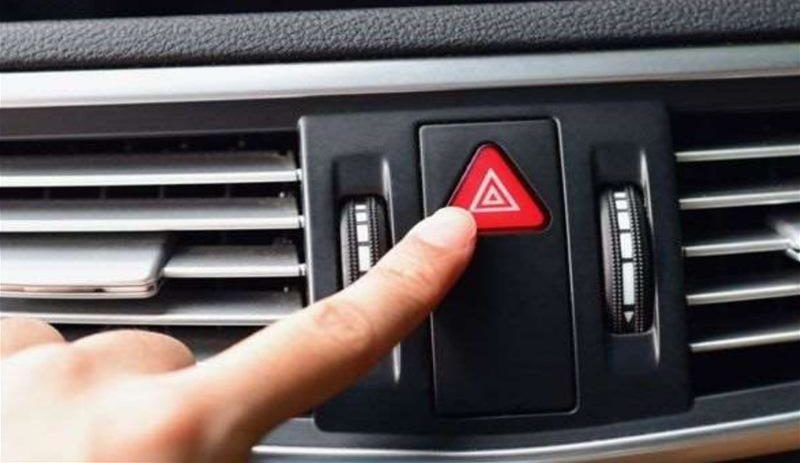
The warning signal with high beam headlights is not prescribed in the traffic rules as obligatory, but the emergency signal in this case is categorically necessary. In the daytime, the dipped beam can be replaced by daytime running lights or fog lights. If the driver at the start of the movement has not turned on one of these optical devices, or move with high beam headlights within the city on a lighted road, then he faces a penalty for violation of Article 12.20 of the Administrative Code. As of 2021 the fine for violation of this article is 500 rubles.
Although there is no need to turn on high beams during the day, driving with this mode of headlights is not a violation during the daytime, because this light does not dazzle other drivers during the day. The law also specifically states that the prerequisite for the violation is driving with high beams on in a lit city road or dazzling other drivers at night. Blinking of headlights to warn other drivers about the approaching traffic police post is also not prescribed by the laws as a violation.
A series of topical videos concludes.
Controls of the Hyundai Salaris.
The exterior lights on the Renault Sandero.



